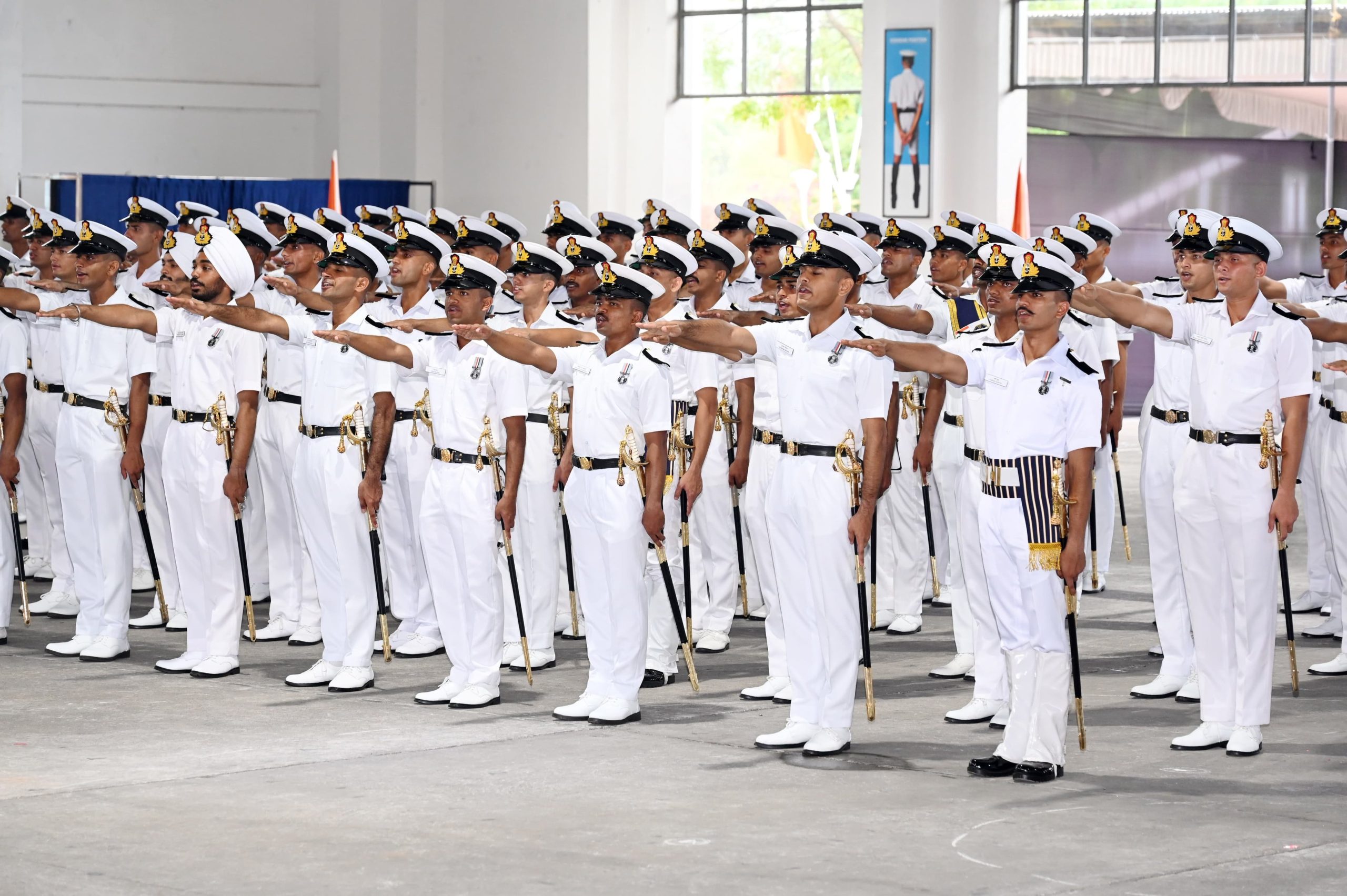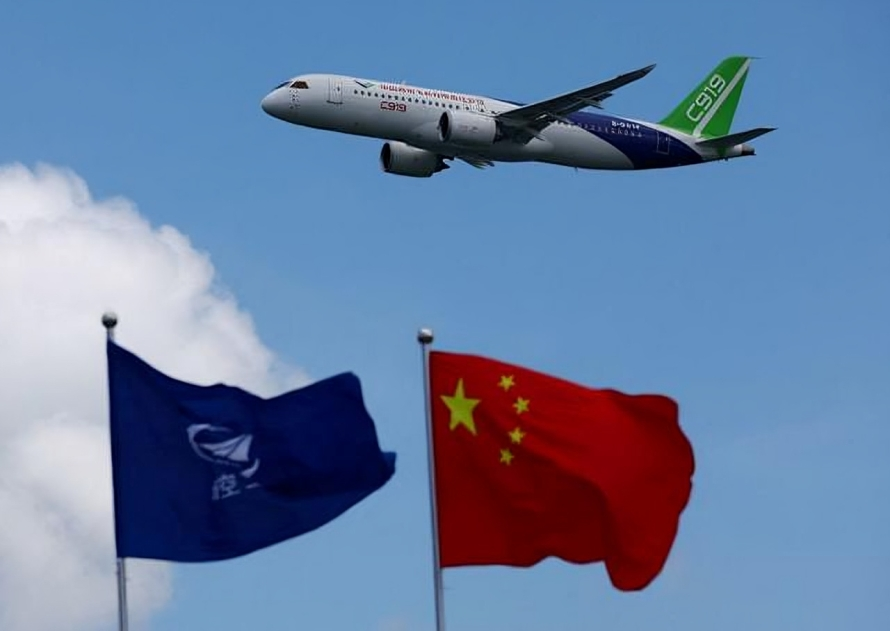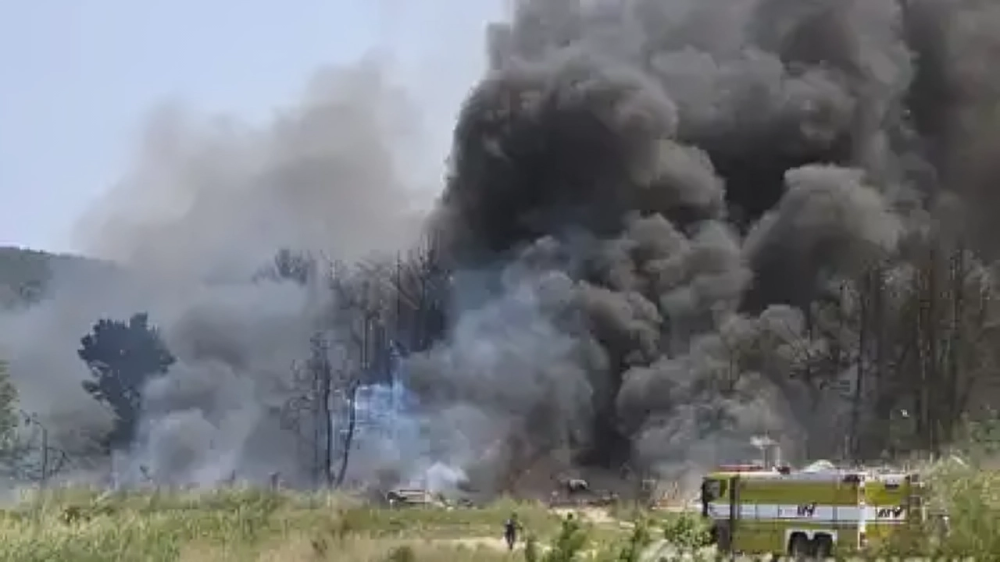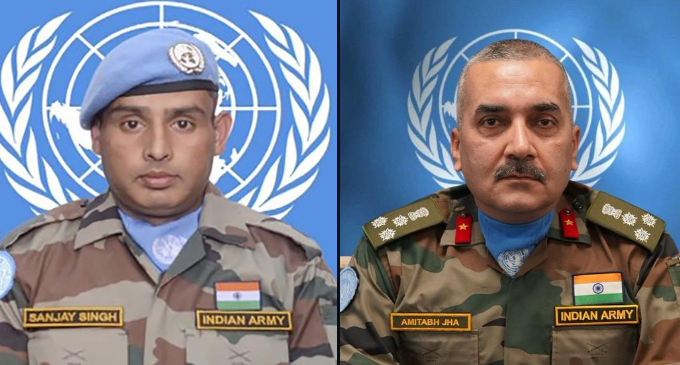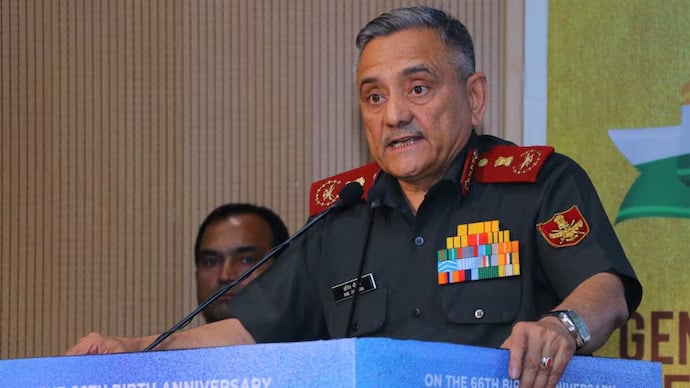INA Holds Oath of Allegiance Ceremony for Passing Out Cadets
In a momentous occasion reflecting tradition and duty, the Indian Naval Academy (INA) held the Oath of Allegiance Ceremony for…
Indian Army and Department of Posts Unveil Meghdoot Millennium Software for Secure Military Communication
In a landmark move to boost military communication infrastructure, the Indian Army’s Postal Service Corps and the Department of Posts…
USA Reportedly Halts Jet Engine Sales to China’s COMAC Amid Tech Tensions
The United States has suspended certain technology exports to China’s state-owned aerospace manufacturer COMAC, including jet engines critical to the…
South Korean Navy Patrol Plane Crashes During Training Flight in Pohang
A South Korean Navy patrol plane crashed during a training flight on Thursday, May 29, 2025, in the southeastern city…
UN to Posthumously Honor Two Indian Army Peacekeepers with Dag Hammarskjöld Medal
The United Nations will posthumously award the Dag Hammarskjöld Medal to two Indian peacekeepers, Brigadier Amitabh Jha and Havildar Sanjay…
CDS General Anil Chauhan to Attend Shangri-La Dialogue 2025 in Singapore
General Anil Chauhan, India’s Chief of Defence Staff (CDS), will travel to Singapore from May 30 to June 1 to…

